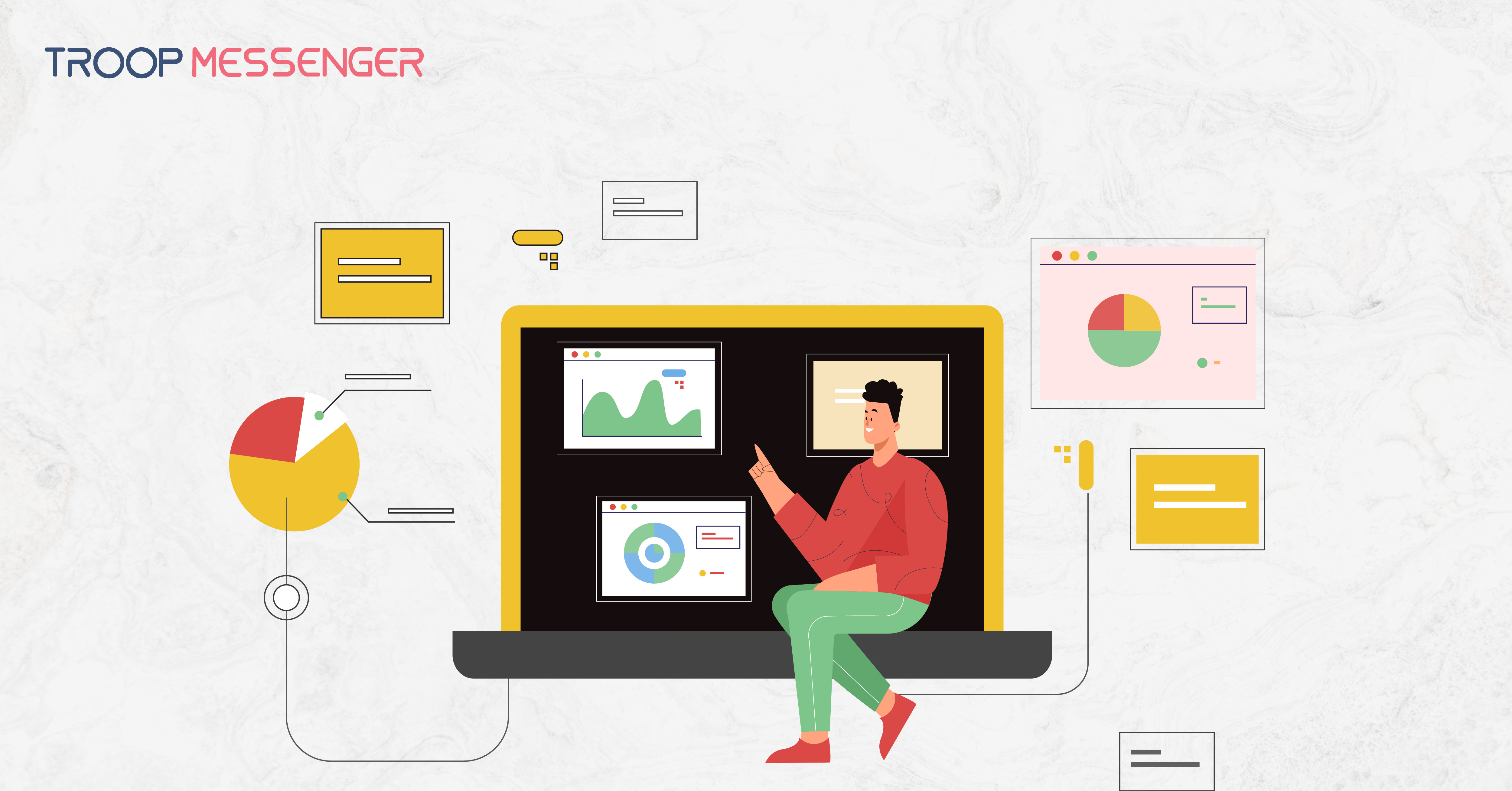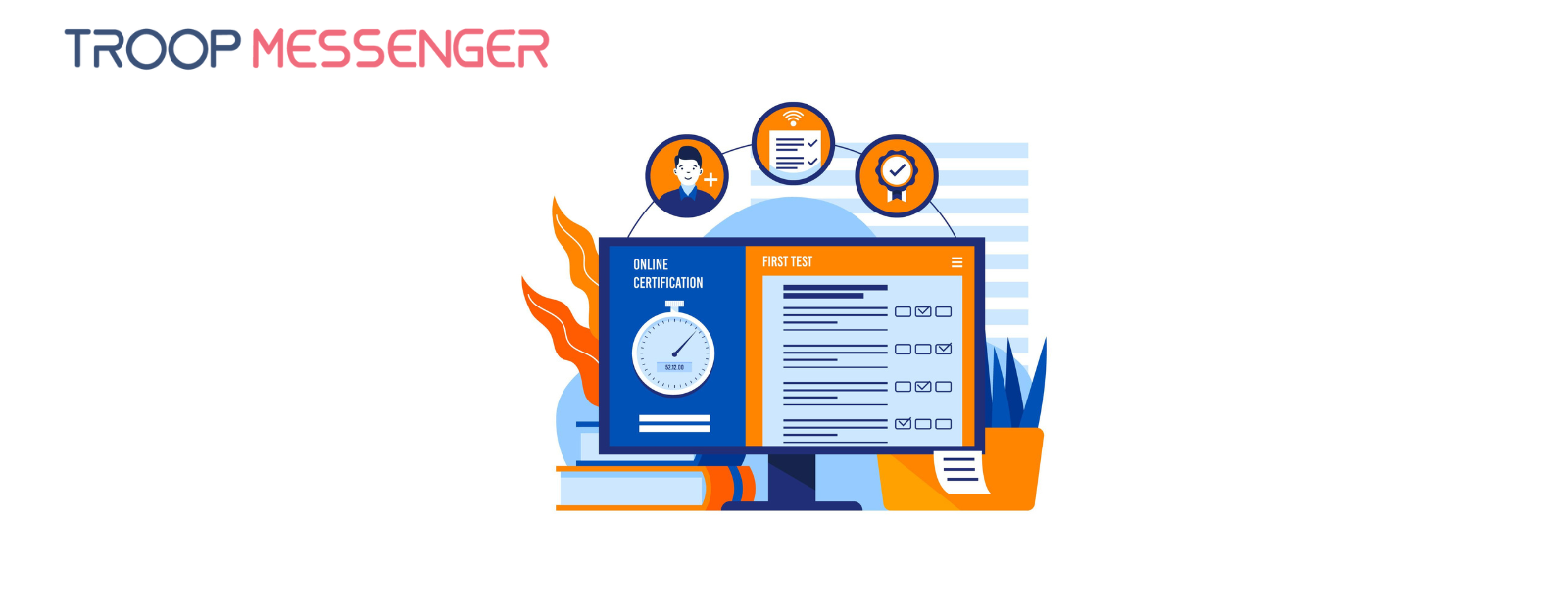Connect with us

The Evolution of Remote Monitoring and Management Software: What's Next?
Remote monitoring and management (RMM) software has revolutionized business functions. Created initially to simplify IT management, this technology has become a versatile tool for companies in various sectors. With the changing technological landscape, it's essential to grasp the evolution of RMM software and understand what the future holds for this crucial tool.
Inception of Resource Management Software
In the beginning, the stages of remote monitoring and management software development were quite primary. Centered on monitoring networks at a fundamental level, these initial systems offered IT administrators critical data on network performance to help them tackle problems before they become severe. However, the functionalities of these early software tools were restricted, making human involvement necessary in most cases. These early solutions primarily focused on identifying straightforward issues like network downtime or hardware failures.
As businesses grew more dependent on technology, the limitations of essential monitoring software became apparent. There was a growing need for tools that identified issues and could automate solutions. This necessity sparked the next wave of RMM software development, which would come to integrate more advanced features, including remote troubleshooting, automatic patching, and even device diagnostics.
New Developments in Technology
Advancements in technology have gradually brought about enhancements in remote monitoring and management solutions over the years. Automation has emerged as a prominent aspect, enabling administrators to set up regular maintenance tasks and automatically roll out software updates. Improved data analytics have also offered more profound insights into network performance, aiding in the precise detection of potential issues before they escalate.
The shift from reactive management to proactive management was significant. Early RMM solutions were about fixing problems after they occurred. However, modern systems are designed to foresee potential issues, enabling IT teams to prevent them. For example, systems can now predict when a hard drive might fail based on performance trends, allowing for preemptive replacements before an actual failure occurs. This transformation saves both time and resources, reducing downtime and improving business continuity.
Connecting to the Cloud
Cloud computing technology integration with cloud-based platforms has significantly influenced the development of RMM software. This integration has enhanced the scalability and flexibility of RMM tools. Thanks to this connection, businesses can now oversee and control their IT systems from any location, improving adaptability and responsiveness.
Cloud-based RMM solutions also provide businesses with enhanced disaster recovery options. Since data can be stored securely in the cloud, businesses are better equipped to restore systems quickly after a failure, whether due to a natural disaster or a cyberattack. This ability to recover rapidly from potential threats provides an extra layer of security for modern enterprises relying heavily on uninterrupted IT systems access.
Moreover, cloud integration has helped reduce operational costs. With cloud-based solutions, companies no longer need to invest in expensive on-premises hardware. Instead, they can use subscription-based models, paying only for the services they use. This cost-effective approach has made RMM software accessible to smaller businesses that may not have had the budget for robust IT infrastructure in the past.
The Impact of Artificial Intelligence
AI-driven technology has become a game-changer in the world of RMM software solutions, as it can forecast and proactively avoid disruptions by predicting and fending off IT problems. Processing extensive data sets through machine learning algorithms can uncover trends and irregularities that human IT managers might overlook. This capacity for prediction not only boosts productivity but also cuts down on downtime and related expenses.
Beyond predicting issues, AI can now make decisions autonomously. For instance, some RMM platforms use AI to detect malware or other security threats and then automatically neutralize them without requiring human intervention. AI's self-learning capabilities enable RMM tools to become more intelligent over time, learning from past issues to improve their problem-solving strategies.
AI can also assist with resource optimization, ensuring that system resources are used efficiently. By analyzing usage patterns, AI can allocate resources dynamically, such as adjusting server power during peak hours or reducing unnecessary bandwidth consumption. This intelligent resource management leads to cost savings while maintaining optimal system performance.
The Influence of the Internet of Things
The Internet of Things (IoT) has broadened the reach of remote monitoring and management activities as connected devices become more prevalent nowadays. RMM software now covers an array of endpoints, not just traditional IT equipment. Businesses can oversee various items, such as industrial equipment and smart home gadgets, to gather real-time data and gain valuable insights.
This expansion of RMM software to include IoT devices has created new opportunities in sectors like manufacturing, healthcare, and energy. For example, in the manufacturing industry, IoT-enabled RMM software can monitor machinery in real-time, identifying maintenance needs before a breakdown occurs, which helps to avoid costly downtime. In healthcare, hospitals can monitor connected devices like patient monitors or imaging machines to ensure they function optimally, improving patient care.
As IoT devices proliferate, the amount of data generated will continue to grow exponentially. RMM software must adapt to handle this influx of information efficiently, making use of advanced data processing technologies, such as edge computing, to maintain performance and reliability.
Increased Safety Protocols
Ensuring cybersecurity stands as a concern for companies using RMM software. Today, in the face of rising cyber threats that grow more complex by the day, RMM tools need to integrate robust security features to protect vital systems and data effectively. Multi-factor authentication, encryption, and real-time threat monitoring have now become standard elements of all-inclusive RMM solutions. These safeguards ensure that organizations can protect their resources while efficiently managing their IT operations.
As more businesses embrace digital transformation, cyberattacks have become more sophisticated. RMM software now plays a pivotal role in cybersecurity strategies, helping organizations monitor for potential breaches, detect anomalies in real-time, and respond to threats before they cause damage. In addition, RMM tools can be used to manage security updates, ensuring that all devices on the network are protected with the latest patches and fixes.
Moving forward, cybersecurity will continue to be a critical factor in RMM software development. Emerging threats like ransomware and nation-state attacks will require RMM solutions to evolve, incorporating new security technologies and methodologies to stay ahead of attackers.
User Personalization
Current RMM software prioritizes user experience and customization features. Easy-to-use interfaces and personalized dashboards empower IT administrators to adjust the software according to their specific requirements. The emphasis on ease of use ensures that even individuals without in-depth technical knowledge can efficiently oversee their IT systems.
Personalization doesn't just enhance usability; it also boosts productivity. IT teams can customize dashboards to display the most critical information, reducing the time spent navigating through irrelevant data. Moreover, customizable alerts and notifications allow for the immediate identification of issues, improving response times and minimizing disruptions in operations.
Additionally, user experience will likely continue to improve as RMM software developers leverage AI to provide more intuitive interfaces. Features like voice-controlled commands and automated workflows could further streamline management tasks, enabling IT teams to focus on more strategic initiatives.
Trends to Watch Out for in RMM Software
In the coming years, a few trends are expected to influence the evolution of remote monitoring and management software. One significant trend is the rise in edge computing usage. Edge computing involves processing data nearer to its origin, which helps decrease delays and enhances decision-making. This method proves especially advantageous for sectors that depend heavily on real-time information, such as healthcare, manufacturing, and logistics.
Another trend to watch is the integration of blockchain technology into RMM software.
Blockchain offers a decentralized, secure method for tracking transactions and verifying data integrity. By integrating blockchain, RMM tools could further enhance data security, preventing tampering or unauthorized access to sensitive information. This application could be especially valuable in industries where data privacy is critical, such as finance or healthcare.
Moreover, with the proliferation of 5G networks, RMM tools will benefit from faster and more reliable connectivity. This technology will enable RMM software to support a wider array of devices and use cases, including those in remote or rural locations where connectivity may have previously been limited. The increased bandwidth of 5G networks will allow RMM solutions to handle more data-intensive tasks, such as real-time video monitoring or augmented reality-based troubleshooting.
The Significance of Collaboration
Collaboration is set to play a significant role in the advancement of RMM software development. By working closely with industry partners, software developers are able to craft solutions that are not only more comprehensive but also more efficient. This partnership-based approach ensures that RMM tools stay current and equipped to meet businesses' evolving demands.
Open-source platforms and APIs have emerged as crucial tools for fostering collaboration in the software development community. By leveraging these resources, RMM developers can tap into a vast network of contributors, accelerating innovation and ensuring that their products remain cutting-edge. Moreover, open-source collaboration allows for the rapid identification and resolution of security vulnerabilities, ensuring that RMM solutions remain robust and reliable.
Evolving User Expectations and Integration Needs
As businesses' needs evolve, so too must the features and capabilities of RMM software. Many organizations are now looking for RMM tools that can integrate with other enterprise solutions, such as customer relationship management (CRM) systems or enterprise resource planning (ERP) tools. This integration allows for a more holistic approach to business management, enabling better decision-making through consolidated data streams.
The increased demand for integration is also pushing RMM providers to develop more modular solutions. These solutions allow businesses to customize the software to their specific needs without unnecessary features. This trend of modularity will likely continue as organizations seek more agile, adaptable systems to manage their IT infrastructure.
Conclusion
The development of remote monitoring and management software has seen tremendous progress and breakthroughs over time. From simple network monitoring to AI-driven solutions, RMM tools have now become indispensable for modern businesses. As technology continues to evolve, the future of RMM software holds the promise of even greater capabilities and opportunities.
Companies that remain proactive and keep pace with these technological advancements will be well-positioned to secure their competitive edge in an increasingly digitized world. By embracing the latest RMM solutions, businesses can ensure that their IT infrastructure remains reliable, secure, and optimized for future growth.








